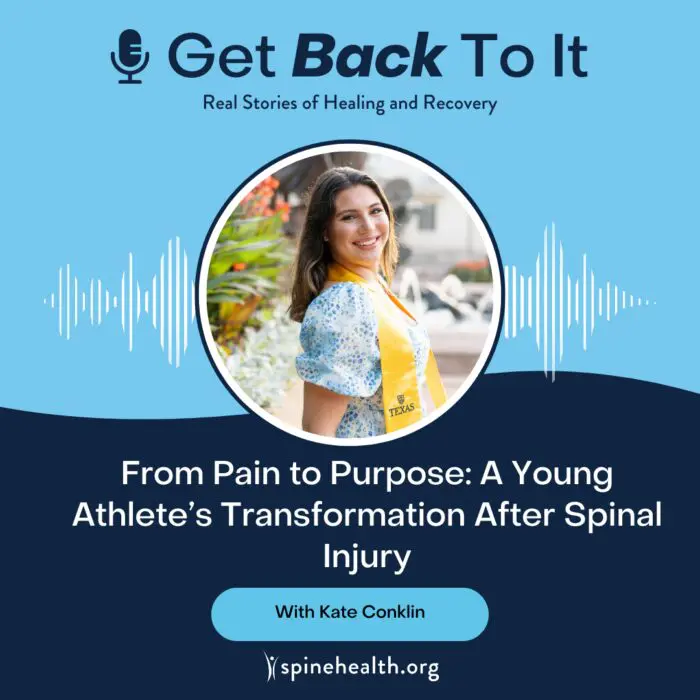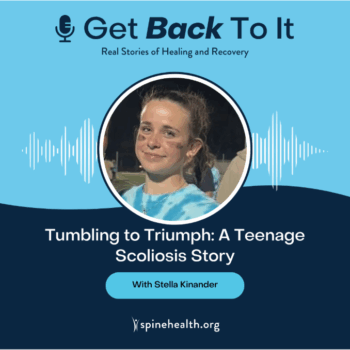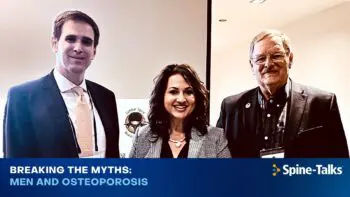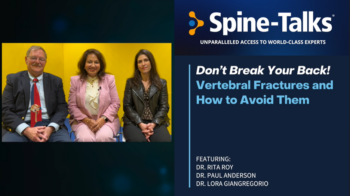Summary:
A young athlete faced the unthinkable—a spinal injury that left her immobile. But with expert care and determination, she not only regained her mobility but also found a new purpose in helping others. Now, as a medical assistant and aspiring physician assistant, she inspires patients facing similar challenges. Tune in to hear her powerful story!



